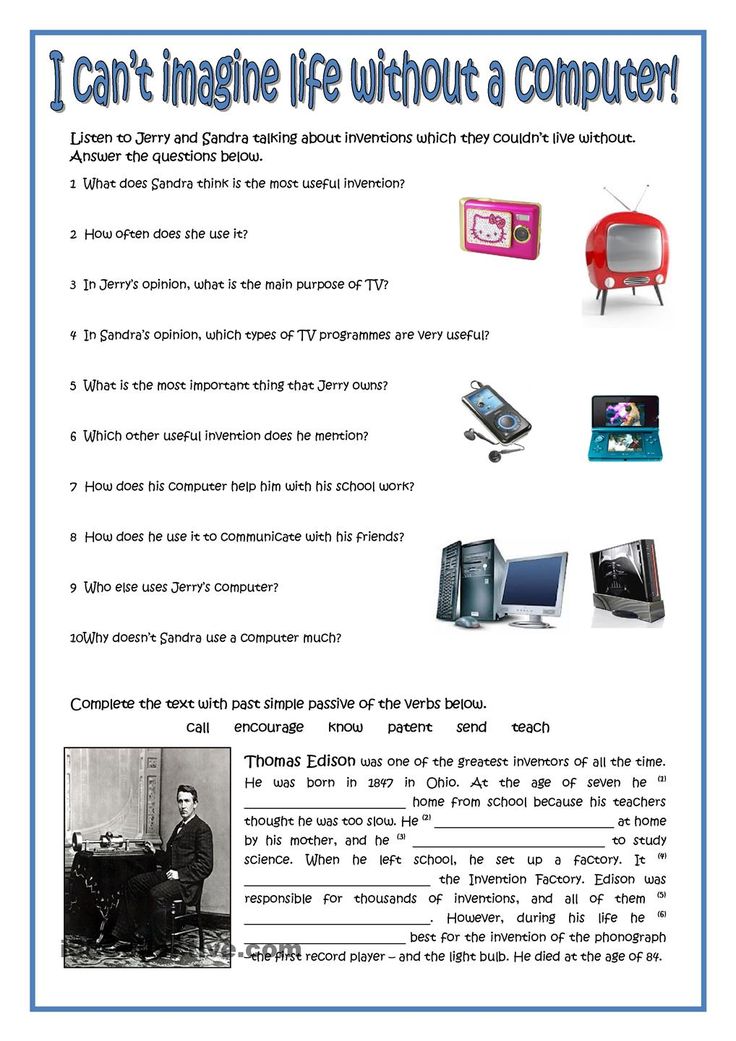About fairy tale
Fairy Tale: Definition and Examples
I. What is a Fairy Tale?
A fairy tale is a story, often intended for children, that features fanciful and wondrous characters such as elves, goblins, wizards, and even, but not necessarily, fairies. The term “fairy” tale seems to refer more to the fantastic and magical setting or magical influences within a story, rather than the presence of the character of a fairy within that story. Fairy tales are often traditional; many were passed down from story-teller to story-teller before being recorded in books.
II. Examples of Fairy Tale
Fairy tales, in the literary sense, are easy to find. Look at your bookshelf or your DVD collection.You may see titles likes these:
- Snow White
- Cinderella
- Rip Van Winkle
- The Twelve Dancing Princesses
- Rumpelstiltskin
- Thumbelina
They are all fairy tales. They belong to no one and have been adapted and retold countless times.
Fairy tales do not need to be written down to be legitimate. Many tales that your parents or grandparents may have told you off the top of their heads are also fairy tales. For example, stories of the tooth fairy, the boogeyman, leprechauns and pots of gold or even Santa Claus.
If a story takes place in a magical land, with fantastical creatures who perform wondrous tasks, it is very likely a fairy tale.
III. Types of Fairy Tales
There are no rules that define fairy tales. Therefore, they are categorized by their elements, types, or motifs.
Here are some of those types and examples of stories that fit those types:
- Supernatural Adversaries: Hansel and Gretel, Red Riding Hood
- Supernatural or Enchanted Relatives: Sleeping Beauty, Beauty and the Beast
- Supernatural Helpers: Cinderella, Puss In Boots
- Magic Objects: The Magic Ring, Aladdin
- Supernatural Power or Knowledge: The White Snake, Ali Baba
- Religious Tales: The Three Green Twigs, The Flower of Lily-Lo
- Realistic Tales: The Falsely Accused Wife, Ariadne
- Tales of Fate: The Robber Bridegroom, Oedipus (Aarne-Thompson)
IV.
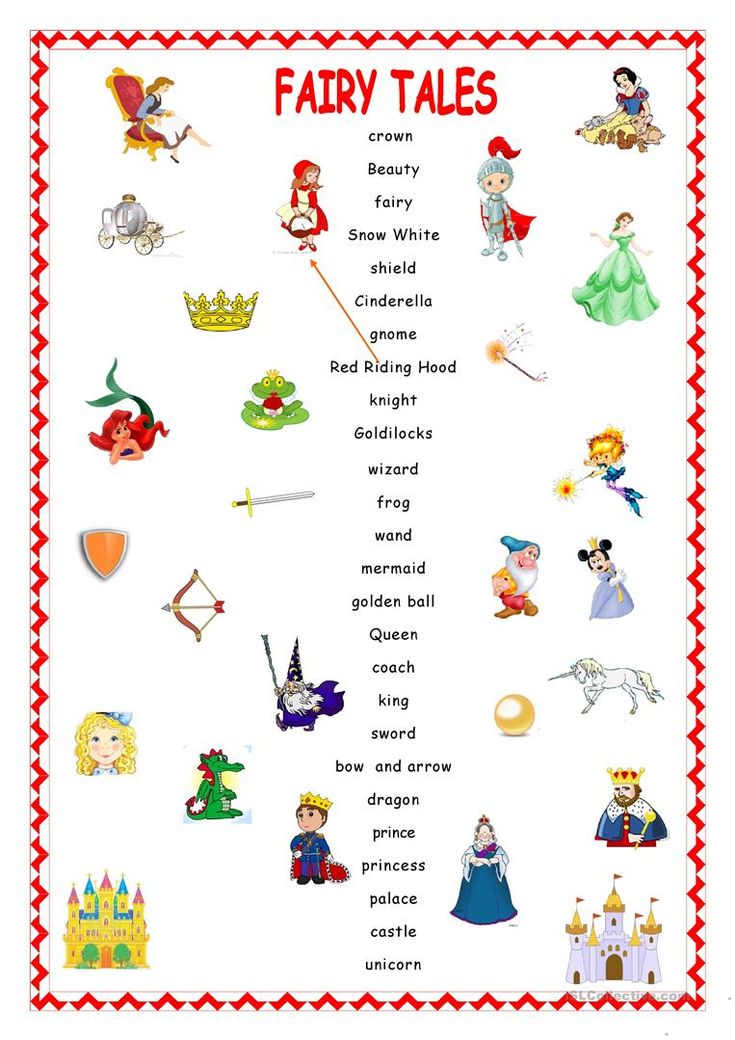 The Importance of using Fairy Tales
The Importance of using Fairy TalesFairy tales are important because they spark the imagination. They give us an outlet for experiencing things in our minds before we experience them in the real world. It is where the troubles of the real world can meet the supernatural and mix things up. In a fairy tale anything can happen and any kind of creature can exist, and when anything can happen, we can find solutions to things in our real lives. Through imagination, we learn about our world. We can explore outcomes and possibilities.
V. Examples of Fairy Tales in Literature
Fairy tales exist in every culture in the world and there are elements of the fairy tale going back for as long as people have been telling stories. In Western culture, there are a few authors who were particularly important in the formal recording of fairy tales.
Example 1Hans Christian Anderson
Hans Christian Anderson was a Danish author who published his fairy tales in the late 1800s.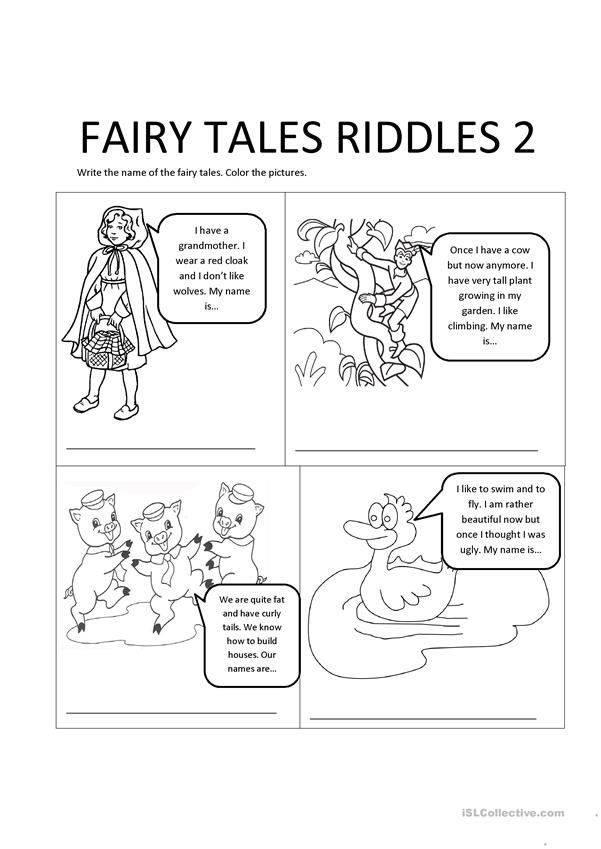 Here are a few of his titles:
Here are a few of his titles:
The Tinder-Box, The Princess and the Pea, Thumbelina, The Little Mermaid, The Emperor’s New Clothes, The Staunch Tin Soldier, Willie Winkie, The Nightingale, The Ugly Duckling, The Snow Queen. (Larsen)
Example 2Brothers Grimm
Jacob Ludwig Carl Grimm and Wilhelm Carl Grimm were German brothers who published their stories in the early 1800s. Here are a few of their titles:
The Good Bargain, Rapunzel, Hansel and Gretel, Cinderella, Little Red Cap, The Bremen Town Musicians, The Robber Bridegroom, The Juniper Tree, Little Brier-Rose, and Little Snow-White. (Ashliman)
More recently, the fairy tale has undergone a resurgence and a reinvention. Many popluar authors have set out to write fairy tales that are more in line with our time. Neil Gaiman is one of these authors. With books like
Stardust and Coraline, he takes the fairy tale to a new place. Kate DiCamillo is another, with The Tale of Despereaux.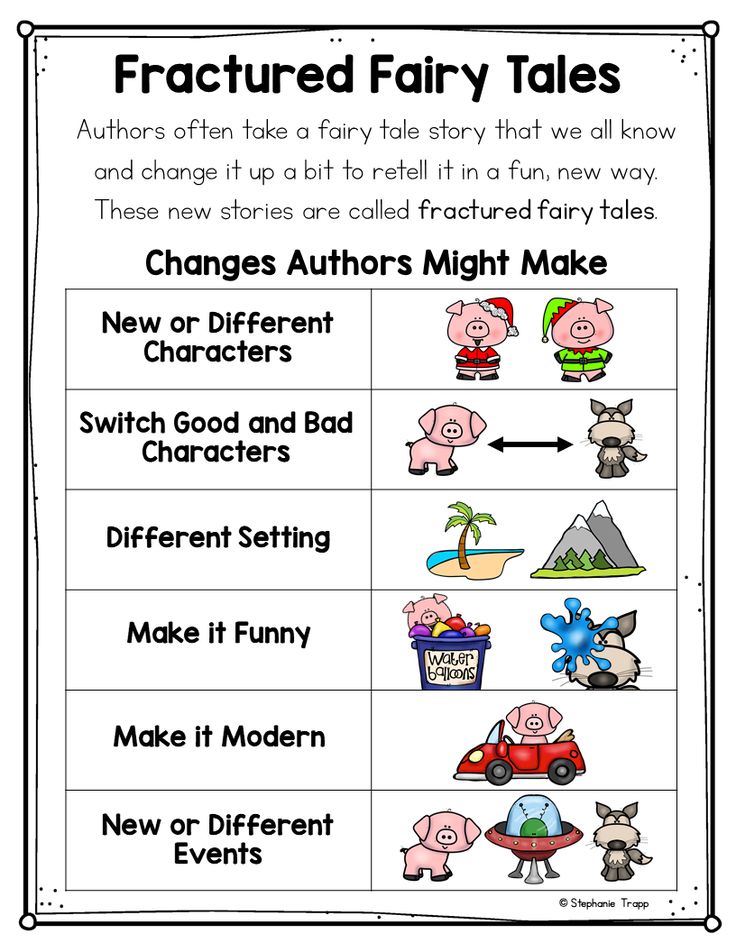 Those are only 3 examples, but the list is long!
Those are only 3 examples, but the list is long!
VI. Examples of Fairy Tales in Popular Culture
We can find fairy tales in every element of our culture. They are, in many ways, given life through popular culture. They appear in books, movies, music, and art. As the fairy tale is such a creative art-form, itself, it is understandable that it would appear in all creative mediums. With each new interpretation or retelling of a fairy tale, we learn a little bit about the story-teller, the audience, the culture and the time in which it is told.
Probably the most recognizable producer of fairy tales in our culture is Walt Disney. Disney has turned the fairy tale into an industry, producing movies, books, toys, clothing, and just about anything else you can think of and branding them with fairy tale characters.
The television show Once Upon A Time is based upon the idea of the fairy tale and uses classic stories in some unique and surprising ways.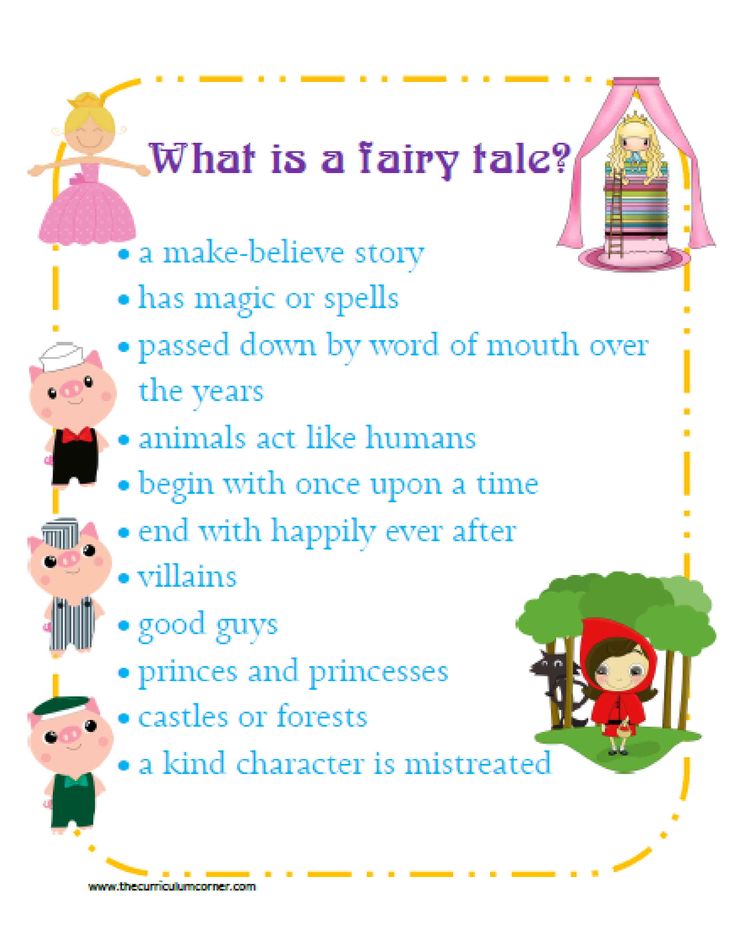
Recently there have been several movies made that tell more gruesome and dark versions of well-known fairy tales. Snow White and the Huntsman, Maleficent and Hansel and Gretel: Witch Hunters are a few of these.
In art, we also find images of fairy tale characters everywhere. Children’s picture books are an abundant source for these works. Picture books make the fairy tales come alive with their images.
fairy tale | Britannica
- Key People:
- Oscar Wilde Hans Christian Andersen E.T.A. Hoffmann Adelbert von Chamisso Giambattista Basile
- Related Topics:
- children’s literature fable Märchen fiction tale
See all related content →
fairy tale, wonder tale involving marvellous elements and occurrences, though not necessarily about fairies. The term embraces such popular folktales (Märchen, q.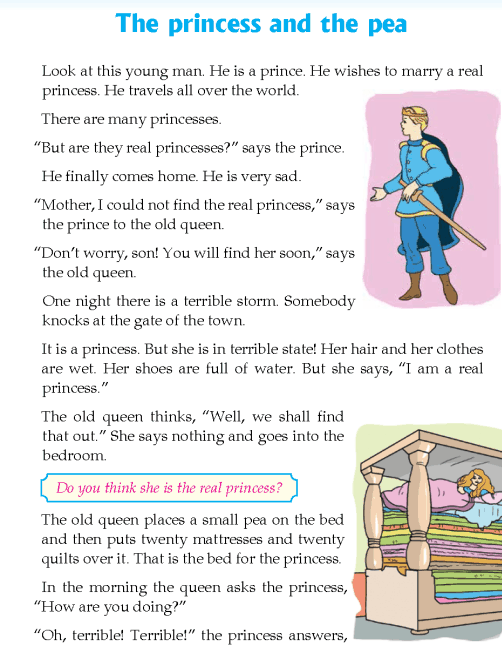 v.) as “Cinderella” and “Puss-in-Boots” and art fairy tales (Kunstmärchen) of later invention, such as The Happy Prince (1888), by the Irish writer Oscar Wilde. It is often difficult to distinguish between tales of literary and oral origin, because folktales have received literary treatment from early times, and, conversely, literary tales have found their way back into the oral tradition. Early Italian collections such as Le piacevoli notti (1550, vol. 1; 1553, vol. 2; “The Pleasant Nights”) of Gianfrancesco Straparola and Il Pentamerone (1636; originally published [1634] in Neapolitan dialect as Lo cunto de li cunti) of Giambattista Basile contain reworkings in a highly literary style of such stories as “Snow White,” “Sleeping Beauty,” and “The Maiden in the Tower.” A later French collection, Charles Perrault’s Contes de ma mère l’oye (1697; Tales of Mother Goose), including “Cinderella,” “Little Red Ridinghood,” and “Beauty and the Beast,” remains faithful to the oral tradition, while the Kinder- und Hausmärchen (1812–15; “Children’s and Household Tales,” generally known as Grimm’s Fairy Tales) of the Brothers Grimm are transcribed directly from oral renderings (although often from literate informants).
v.) as “Cinderella” and “Puss-in-Boots” and art fairy tales (Kunstmärchen) of later invention, such as The Happy Prince (1888), by the Irish writer Oscar Wilde. It is often difficult to distinguish between tales of literary and oral origin, because folktales have received literary treatment from early times, and, conversely, literary tales have found their way back into the oral tradition. Early Italian collections such as Le piacevoli notti (1550, vol. 1; 1553, vol. 2; “The Pleasant Nights”) of Gianfrancesco Straparola and Il Pentamerone (1636; originally published [1634] in Neapolitan dialect as Lo cunto de li cunti) of Giambattista Basile contain reworkings in a highly literary style of such stories as “Snow White,” “Sleeping Beauty,” and “The Maiden in the Tower.” A later French collection, Charles Perrault’s Contes de ma mère l’oye (1697; Tales of Mother Goose), including “Cinderella,” “Little Red Ridinghood,” and “Beauty and the Beast,” remains faithful to the oral tradition, while the Kinder- und Hausmärchen (1812–15; “Children’s and Household Tales,” generally known as Grimm’s Fairy Tales) of the Brothers Grimm are transcribed directly from oral renderings (although often from literate informants).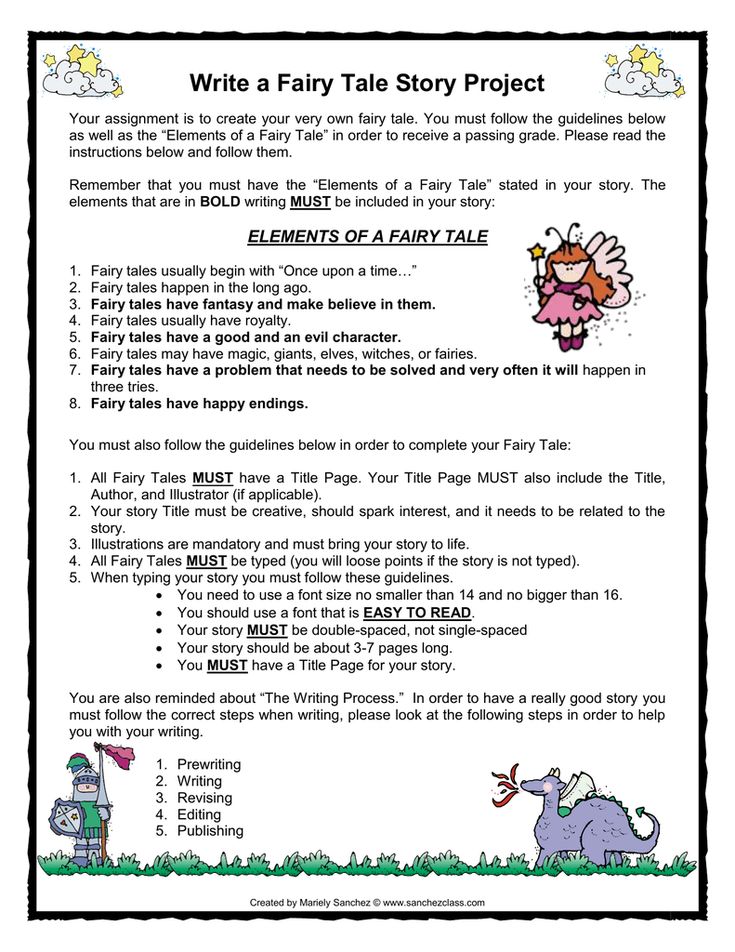 The influence of Perrault and the Grimms has been very great, and their versions have been commonly adopted as nursery tales among literate people in the West. For example, Grimm’s “Rumpelstiltskin” has replaced the native English “Tom Tit Tot,” and Perrault’s “Cinderella” has replaced “Cap o’ Rushes,” once almost equally popular in oral tradition.
The influence of Perrault and the Grimms has been very great, and their versions have been commonly adopted as nursery tales among literate people in the West. For example, Grimm’s “Rumpelstiltskin” has replaced the native English “Tom Tit Tot,” and Perrault’s “Cinderella” has replaced “Cap o’ Rushes,” once almost equally popular in oral tradition.
Art fairy tales were cultivated in the period of German Romanticism by Goethe, Ludwig Tieck, Clemens Brentano, and E.T.A. Hoffmann and in Victorian England by John Ruskin (The King of the Golden River, 1851) and Charles Kingsley (The Water-Babies, 1863), but few of these tales have found permanent popularity. The master of the art fairy tale, whose works rank with the traditional stories in universal popularity, is the Danish writer Hans Christian Andersen. Though his stories have their roots in folk legend, they are personal in style and contain elements of autobiography and contemporary social satire.
Twentieth-century psychologists, notably Sigmund Freud, Carl Jung, and Bruno Bettelheim, have interpreted elements of the fairy tale as manifestations of universal fears and desires.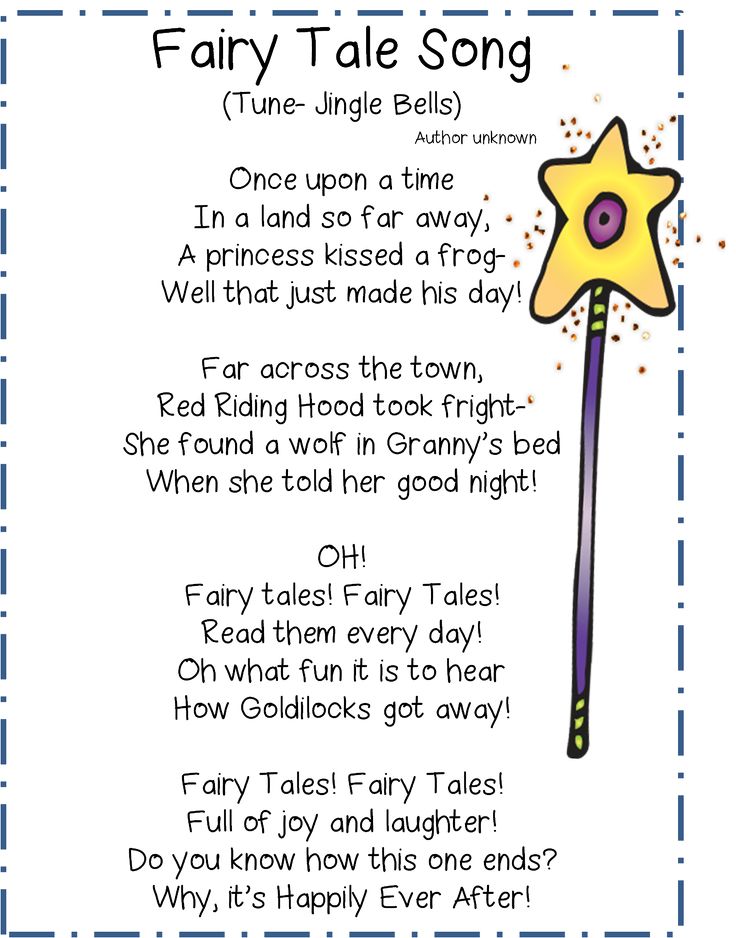 In his Uses of Enchantment (1976), Bettelheim asserted that the apparently cruel and arbitrary nature of many folk fairy stories is actually an instructive reflection of the child’s natural and necessary “killing off” of successive phases of development and initiation.
In his Uses of Enchantment (1976), Bettelheim asserted that the apparently cruel and arbitrary nature of many folk fairy stories is actually an instructive reflection of the child’s natural and necessary “killing off” of successive phases of development and initiation.
Published
"Silence"
In the house, a restless mouse started in the house. Every night rustles in the room, does not let anyone sleep. Grandmother groans on the stove, grandfather yawns in bed. There is no peace in the house! And then a kitten came into the house. Wound up not by itself - it was brought by Nikita, his beloved grandson. A black kitten with a white paw does not want to catch mice. He loves to sleep. And to be quiet at night. Now, if you could get silence somewhere and bring it into the room! Continue reading “A fairy tale from my favorite magazine “Mom's Sun” in 2016, issue No.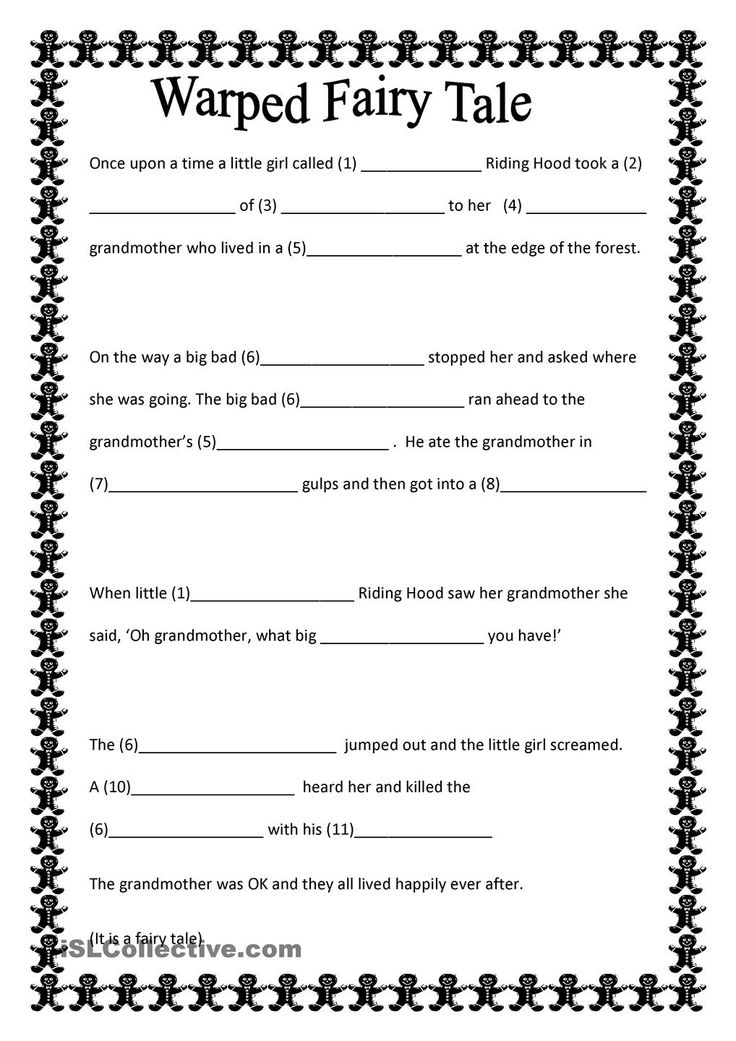 08”
08”
Published
Published by
How Badger and Bunny made a hive
Badger was sitting on the lawn and thinking what to do today. A bee bustled about in flower
in front of him. She was always busy collecting honey. Above them pounded on the
woodpecker. It broke the bark with its long beak and took out the bugs, which
gnawed at the tree.
Badger sighed and lowered his head. In front of him, an ordinary
earthworm appeared from the ground. Just think - a worm! But it also works: it loosens the earth so that
plants grow better, so that water gets to the roots faster. Everyone is busy with something.
Badger needs to come up with something.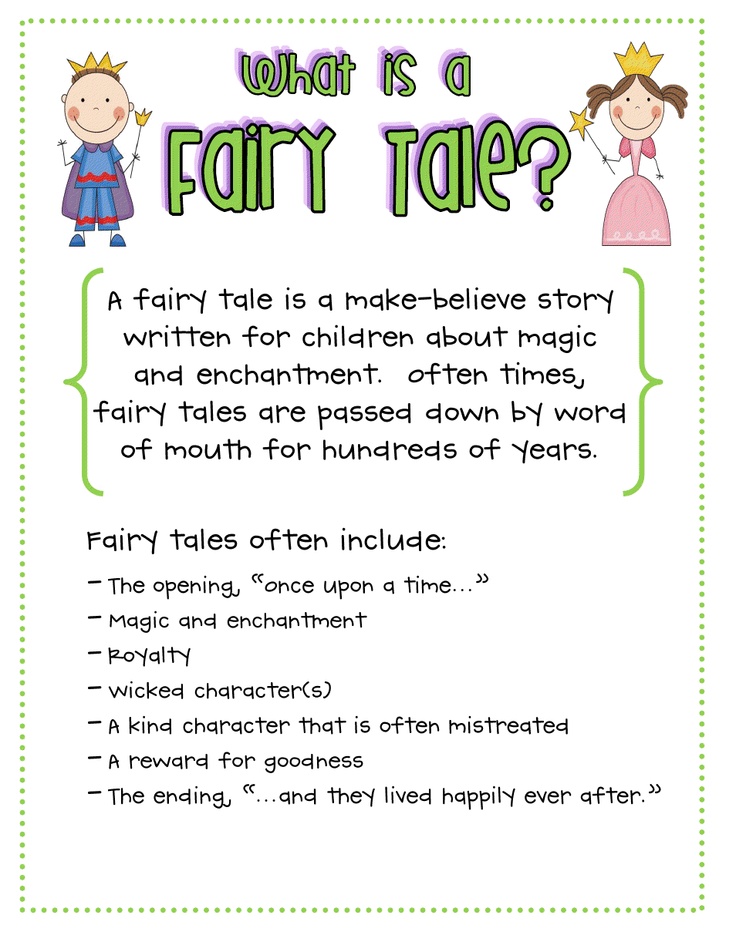 And he ran to Ushastik. Continue reading "Tale from the favorite magazine" Mom's Sun "2016, issue No. 07"
And he ran to Ushastik. Continue reading "Tale from the favorite magazine" Mom's Sun "2016, issue No. 07"
Posted by
Aunt Medusa's Name Day
Aunt Medusa was very lonely. She lived in the Affectionate Sea and from morning to night
she loved to ride on its waves. And no one noticed her. Playfully sparkling with scales, flocks of fish swam
, sometimes even a Dolphin rushed past on his own business. But Medusa had no real
friends.
Every day after sailing on the waves she returned to her seaweed forest,
where there was no one to have a word with. And it was even sadder for Medusa because
her name day was approaching. Continue reading “A Tale from the favorite magazine “Mom's Sun” No. 06/2016”
Posted by
Qin the Sparrow and the Mashing Rain
Qin the Sparrow did not like to wash.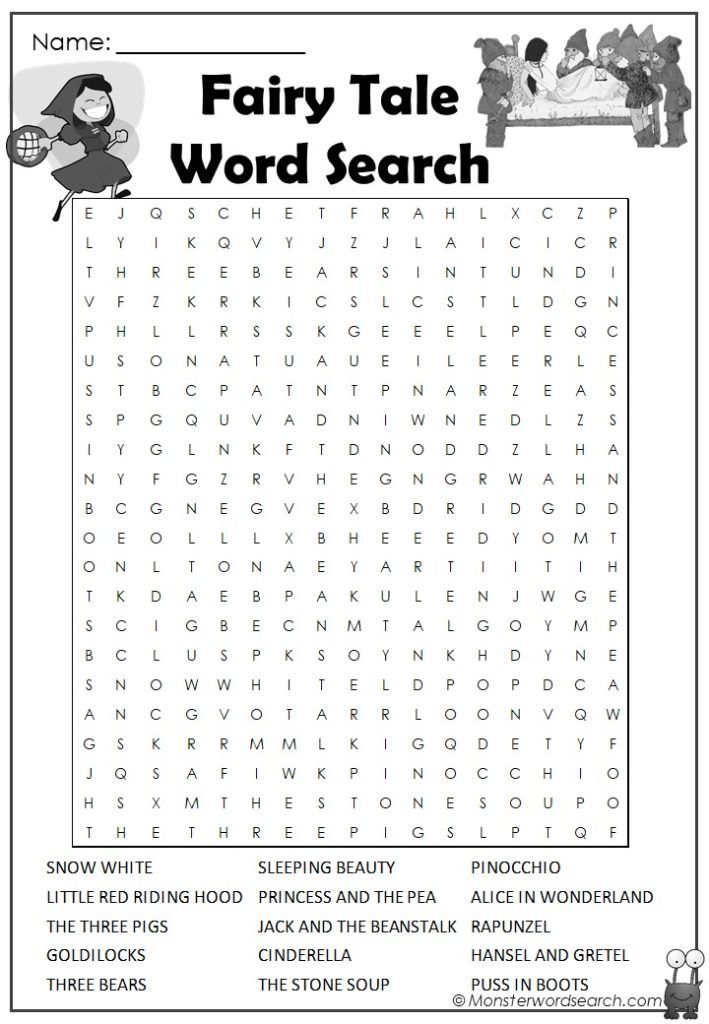 Why didn’t the mother sparrow tell him! Not
Why didn’t the mother sparrow tell him! Not
helped. And the water is so wet - brrr ... There is a cat Murchik washes only with his paw.
Lick - and go! Qin somehow also tried to wash himself with his paw - it did not work.
Just scratched. And chickens don't wash at all. Only the beaks are dipped in a bowl of water
. And mother hen does not scold them. And then...
- Neumyvaka! Slut!
So for the whole spring I never took a dip. Except once or twice after the rain I sat on a wet branch of my favorite apple tree.
One morning, when Qin was going for a walk, dad said:
“Tomorrow afternoon we have a competition among young sparrows…
— What are these competitions? Qin asked.
— Flying…
Published
"Sunny Plays"
The hare family was getting ready for Easter.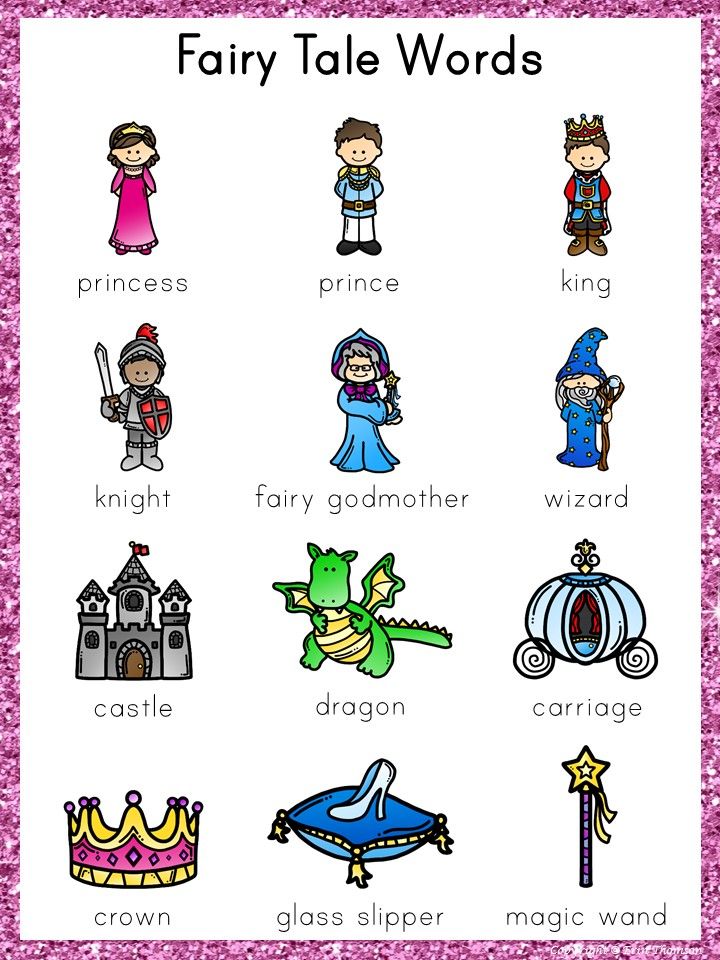
Mom, the hare Kapustochka, was cleaning the hut, pulling festive
dishes out of the oven.
Papa, the hare Kapustik, put things in order in the yard and in the garden.
And the bunnies Kolka and Khrum helped them.
When they were near dad, they noticed that he kept looking at the sky,
covered with gray clouds, sighs and says:
— On Easter the sun should play ... Read more 2016, issue No. 04 "
Published
“How Artyomka bought himself a sister”
Artyomka was sad today: in kindergarten one boy boasted0007
little sister appeared. He also teased: “Be-be-be! I have a sister, but you don't!
Artyom went up to his father.
— Dad, let's find me a little sister?
“Hm,” Dad said in surprise. What other sister? Continue reading “A Tale from the favorite magazine “Mom's Sun” in 2016, issue No.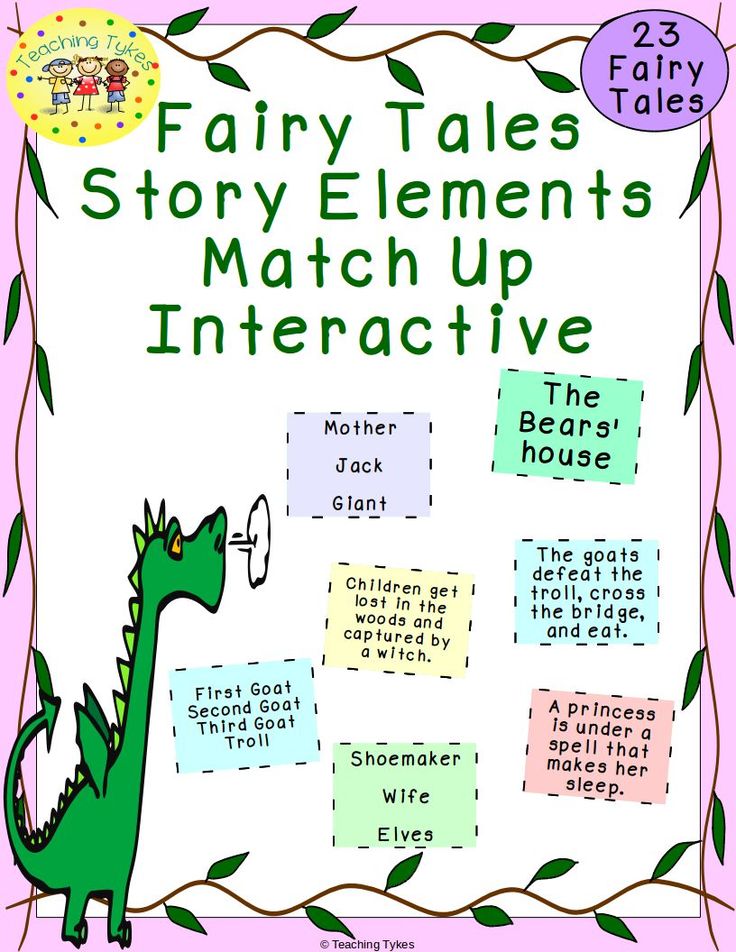 03”
03”
Published
"Dog under the umbrella"
On a cold autumn morning, a Dog appeared in the courtyard of a tall house. Nobody
didn't know where it came from. She probably got lost, because she was still quite
small. The baby's fur coat was all snow-white, only on the muzzle there was a black spot
. She also had a black ear. This ear all the time fell to the Dog on
eyes and made it difficult to look at the world around.
And the world is so big and so interesting! And the Dog was not at all afraid that she had lost her way, but looked around. I just want to run around and meet everyone,
look at, touch everything with a wet nose, lick with a pink tongue.
There were several very tall trees in the yard, many shining puddles, and in
yellow and red leaves floated in them.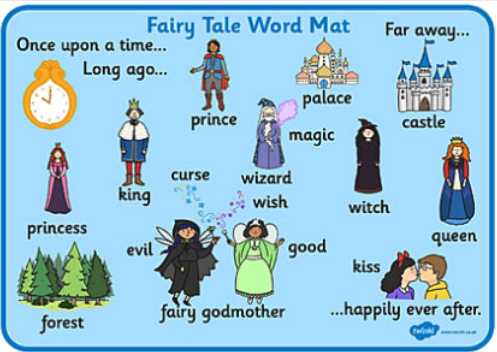
Woof! - The dog nudged one of these leafy boats with its nose. Continue reading “A Tale from the favorite magazine “Mom's Sun” in 2015, issue No. 11”
Posted by
Why does it rain in autumn?
Marysia got up in the morning, looked out the window, and it was gray, cloudy and raining outside
. The wind rips yellow leaves off the trees and throws them into the puddles. The girl was sad
: after all, yesterday the warm sun was shining, and she was playing with her friends in the
garden. Then I picked a bouquet for my mother. Now, probably, all the flowers in the garden are wet. Continue reading “A Tale from the favorite magazine “Mom's Sun” in 2015, issue No. 10”
Posted by
Indian summer
Oh, and Summer has grown weary during his reign! All the little animals,
birds and plants were warmed by their warmth.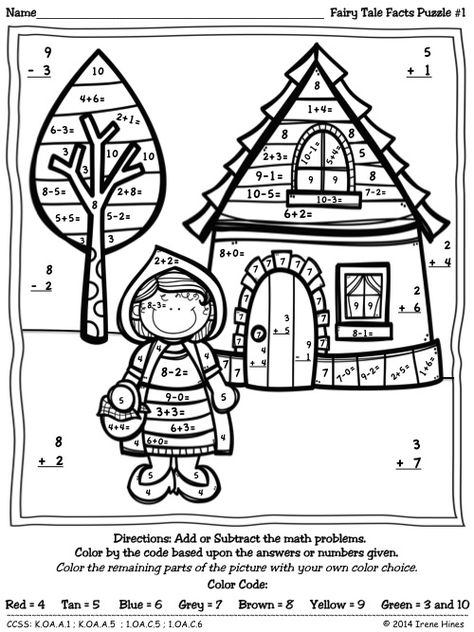 It helped everyone to relax, and
It helped everyone to relax, and
now it's his turn. Leto transferred her lands into the hands of
Autumn, and the village itself flew to the Crane and flew to the Warm countries.
Autumn began to manage in the forest. I bought tickets for the birds, and those
went to the Warm Lands. She gave the trees the coats of her beloved
colors - and they flashed like bright lights. And in the fields she collected all
vegetables - and the fields became bare and gray. Continue reading “A Tale from the favorite magazine “Mom's Sun” in 2015, issue No. 9”
About fairy tales
Everyone loves a fairy tale. But why? You won't answer right away...
Some guys say: "The stories are interesting." Of course, who can argue! But not only in this matter. After all, there are enough interesting books and besides fairy tales.
The good thing about a fairy tale is that anything can happen in it. Here, for example, a good fellow is in a hurry for a just cause, and then, as luck would have it, the road ended. Do not pass, do not pass. And he will throw forward a magic handkerchief, and again the road is in front of him. Download wherever you want!
Do not pass, do not pass. And he will throw forward a magic handkerchief, and again the road is in front of him. Download wherever you want!
When the first fairy tales were formed in Rus', our people lived very hard, and only in fairy tales did they get rid of severe poverty, overwork, untruth and oppression. That's why they loved the story.
And the good thing about the fairy tale is that good always triumphs over evil in it. Who reads a fairy tale and involuntarily feels brave, powerful, ready to fight any insidious and strong enemy. And this is very important! Once you feel it, you feel it twice, and then, you see, you really become a hero.
And what is also precious in a fairy tale is that everything is told in a very neat way. There is also a reason for this: before fairy tales were not written, but told. One will listen, another will tell, the third. And everyone tries to make it better. But these are folk tales. But there are still fairy tales that writers have written.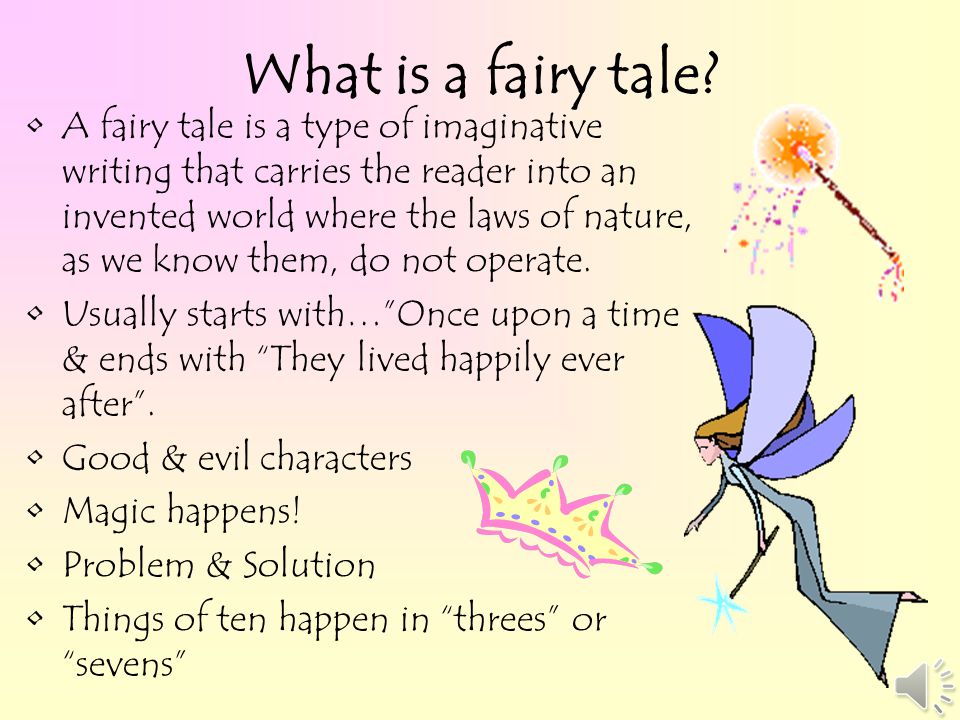 Remember, Pushkin has fairy tales, Leo Tolstoy, Gorky. Almost all famous writers have written fairy tales. Why is everything so difficult for them?
Remember, Pushkin has fairy tales, Leo Tolstoy, Gorky. Almost all famous writers have written fairy tales. Why is everything so difficult for them?
But because, before starting to create a fairy tale, the writer will read and listen to a lot of fairy tales, of course, he will study how they are built, what words they are written in. Writers write down folk tales, listen to how they sound, and compose new tales themselves. That's why it works.
Fairy tale invented the flying carpet, and we invented the spaceship.
Walking boots - for one person. Cars, planes, ships - for many.
Travel to the end of the world? A click of a button, and on the screen - Africa, the Amazon, a polar bear on an ice floe.
We can do more than a fairy tale! But why, then, is she more and more dear to us, more and more dear?
Why are fairy tales still made up? Then the old man Hottabych suddenly appears, then Carlson, who lives on the roof, Cheburashka?
The fact is that all adults were once children, and children are always told fairy tales.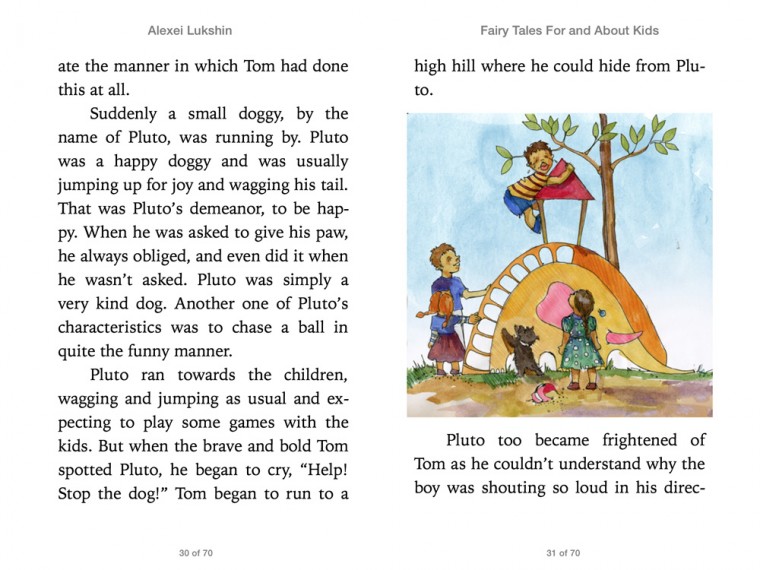
Nanny Arina Rodionovna told fairy tales to Alexander Sergeevich Pushkin. When the poet grew up, he composed poems and even a novel in verse. But the memory of a miracle and joy constantly lived in him. Miracle and joy, from which the heart aches sweetly, were the nanny's fairy tales. And then Pushkin composed:
The squirrel sings songs
And the nuts gnaws everything,
And the nuts are not simple,
All the shells are golden,
The nuclei are a pure emerald...
Leo Nikolayevich Tolstoy, the author of great novels, also never forgot the miracle , which was only a guest in palaces, but was born and lived under the thatched roof of a peasant hut - about the miracle of a Russian fairy tale.
Wishing to measure the power of words with folk storytellers, Leo Tolstoy composed a fairy tale about Masha and three bears and many others. He wrote it well, the people accepted these tales and, to the delight of the writer, recognized them as their own.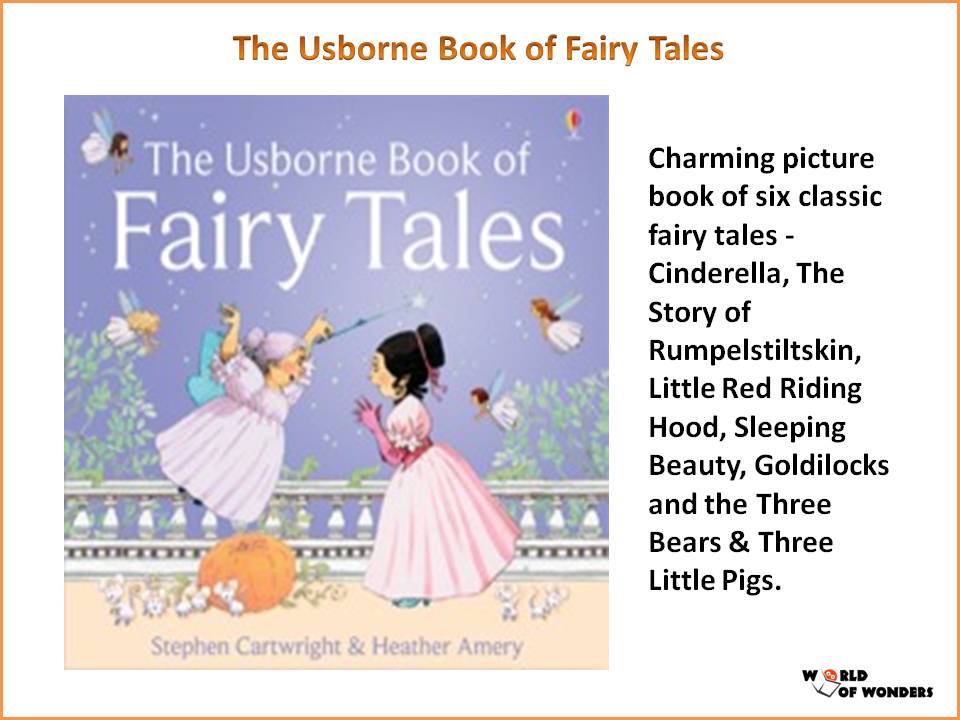
But that's all in the past, but does the fairy tale have a future? Will you children of today tell stories to your grandchildren?
Whatever we invent, wherever we fly, even beyond the Galaxy, the fairy tale will remain with us. There is not even a secret here. A fairy tale was born with a man, and as long as a man is alive, the fairy tale will be alive.
She is like a firefly before going to sleep in the cradle. And for the little one who listens, and for the old one who speaks.
A fairy tale has a quiet voice,
But a miracle lies ahead.
Expensive in the legs - a belt,
The forest is cramped,
The fence is high,
And the heart - ah! - in the chest.
- Back
- Forward
golden shelf
- Are you here:
- home
- Learn more
- Fairy tales read aloud

- Sesame street sings the alphabet

- Try in a sentence
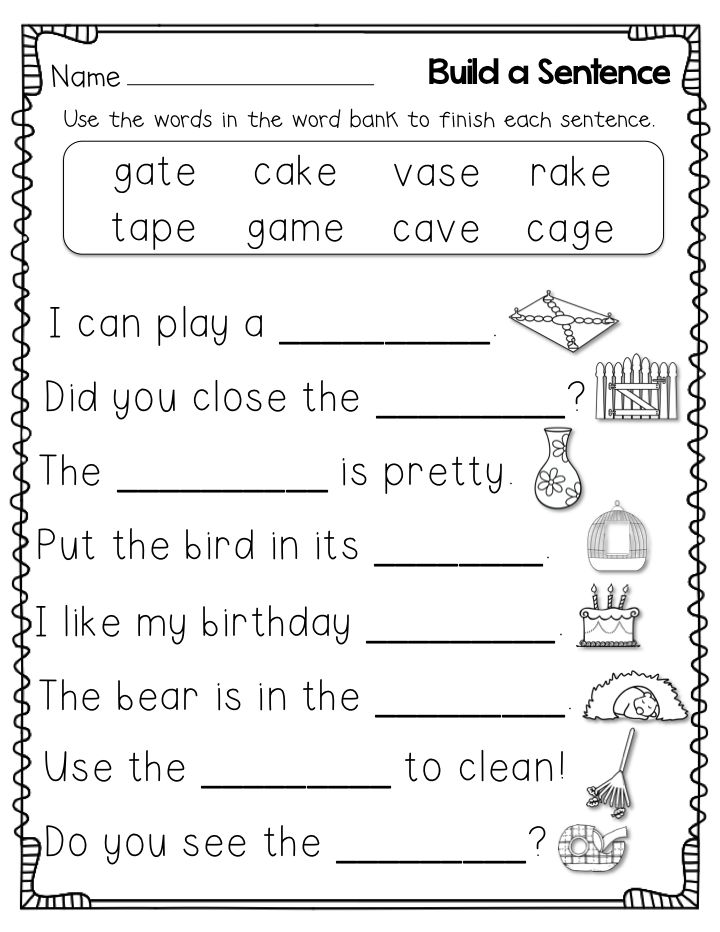
- Preschool letter sound activities
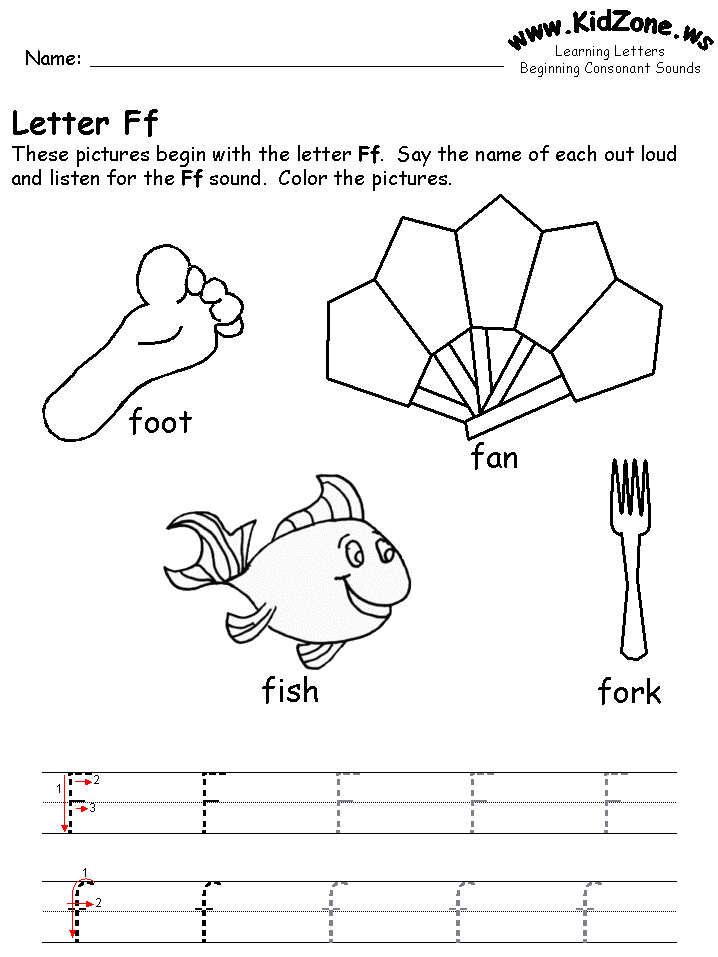
- Kids learning to

- How to teach a 4 year old letter recognition
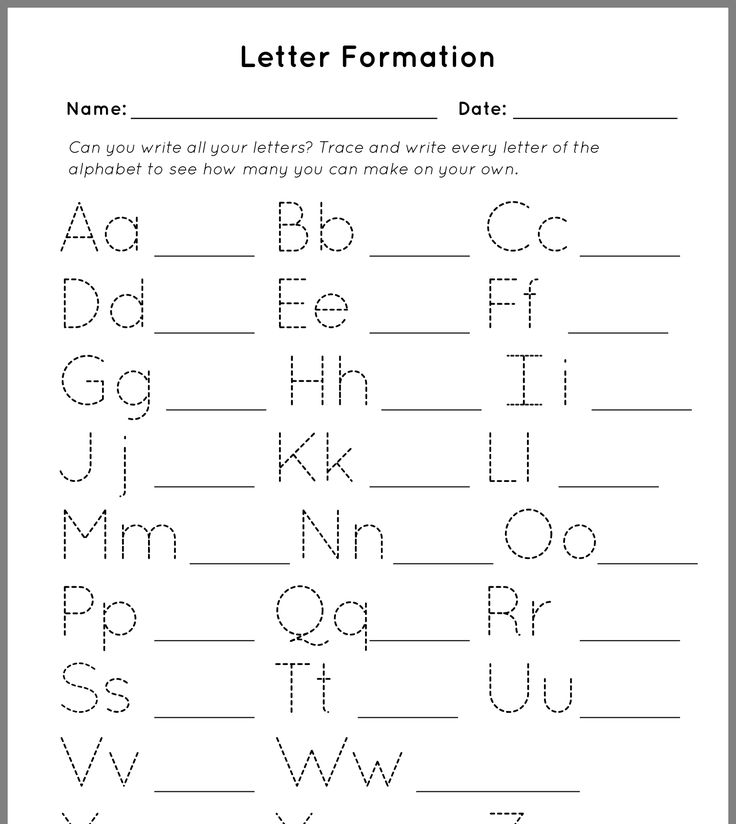
- Social activity for toddlers

- Teaching infant to read

- Short stories for children pdf
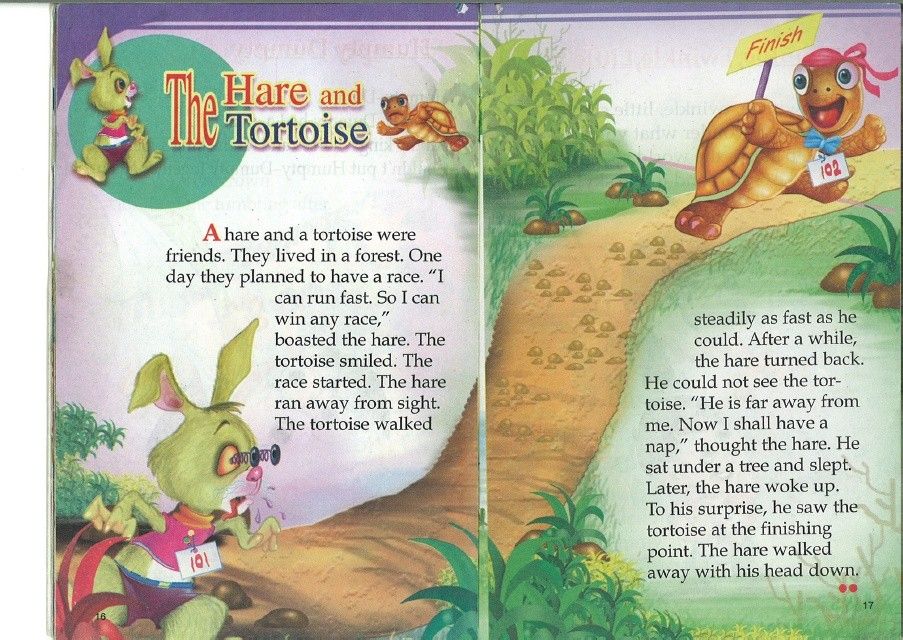
- Little red riding hood mom
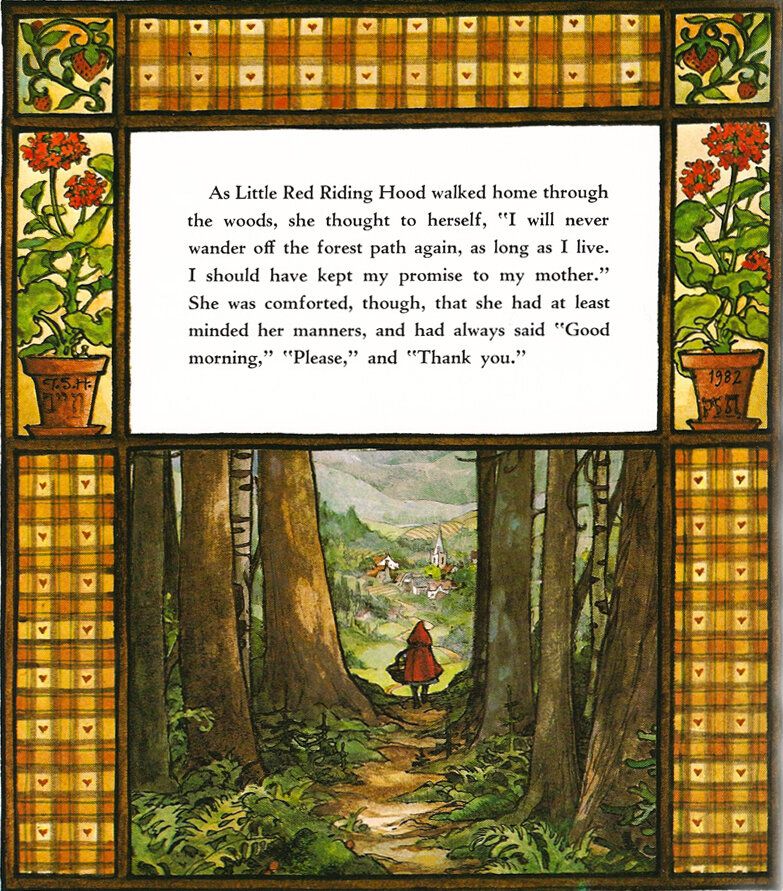
- Writing computer games
